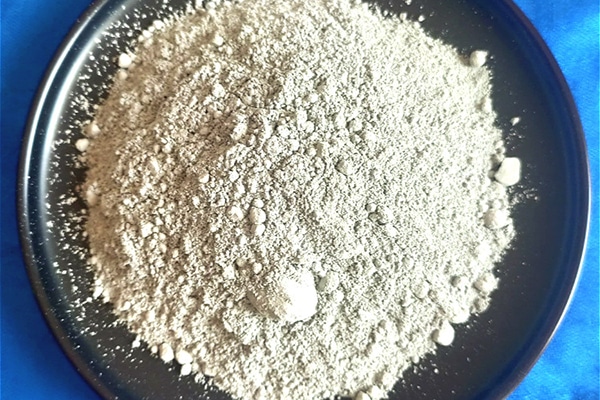Silica fume, also known as microsilica, is a byproduct of producing silicon metal or ferrosilicon alloys. Due to its extremely fine particle size, high surface area, and high amorphous silica content, silica fume has found various applications in both the chemical industry and the field of composite materials. Here are some key uses:
Chemical Industry
- Filler for Silicone Rubber: Silica fume can be used as a filler in the production of silicone rubber. The large surface area and the nature of the silica surface of silica fume significantly increase the heat resistance, strength, and durability of silicone rubber.
- Adhesives and Sealants: Silica fume is used as a filler to enhance the performance of adhesives and sealants. It improves the thermal stability, mechanical strength, and adhesion properties.
- Catalyst Support: Its high surface area and stability make silica fume a good material for catalyst support in various chemical reactions.
- Precipitated Silica Production: Silica fume can be used as a raw material in the production of precipitated silica, which has various applications including rubber, coatings, plastics, paper, inks, foods, and pharmaceuticals.
Composite Materials
- Concrete and Cementitious Composites: Silica fume is widely used in the construction industry as a supplementary cementitious material (SCM). When added to concrete, it increases the strength and durability of the structure by filling in pores in the concrete, making it denser and less permeable. It also reacts with calcium hydroxide produced in the hydration of Portland cement to form additional cementitious compounds, which improve the mechanical properties of the material.
- Polymer Composites: Silica fume is used as a filler in polymer composites to improve the physical properties of the materials, such as tensile strength, impact resistance, and thermal stability.
- Ceramic Matrix Composites: Silica fume can also be used as a sintering aid and densification aid in the production of ceramic matrix composites.
- Refractory Materials: Because of its high amorphous silica content, silica fume is used in the production of refractory materials. It improves the temperature resistance and reduces the porosity of the materials.
- High Performance Composites: In high performance composites, silica fume can provide improved strength, excellent fire resistance, and improved durability. These composites can be used in a variety of demanding applications including aerospace and electronics.
Remember, the addition of silica fume to any composite or chemical process needs to be carefully considered as it can alter the properties of the final product and may affect the processing parameters. Always conduct thorough research and tests before deciding on its use.





